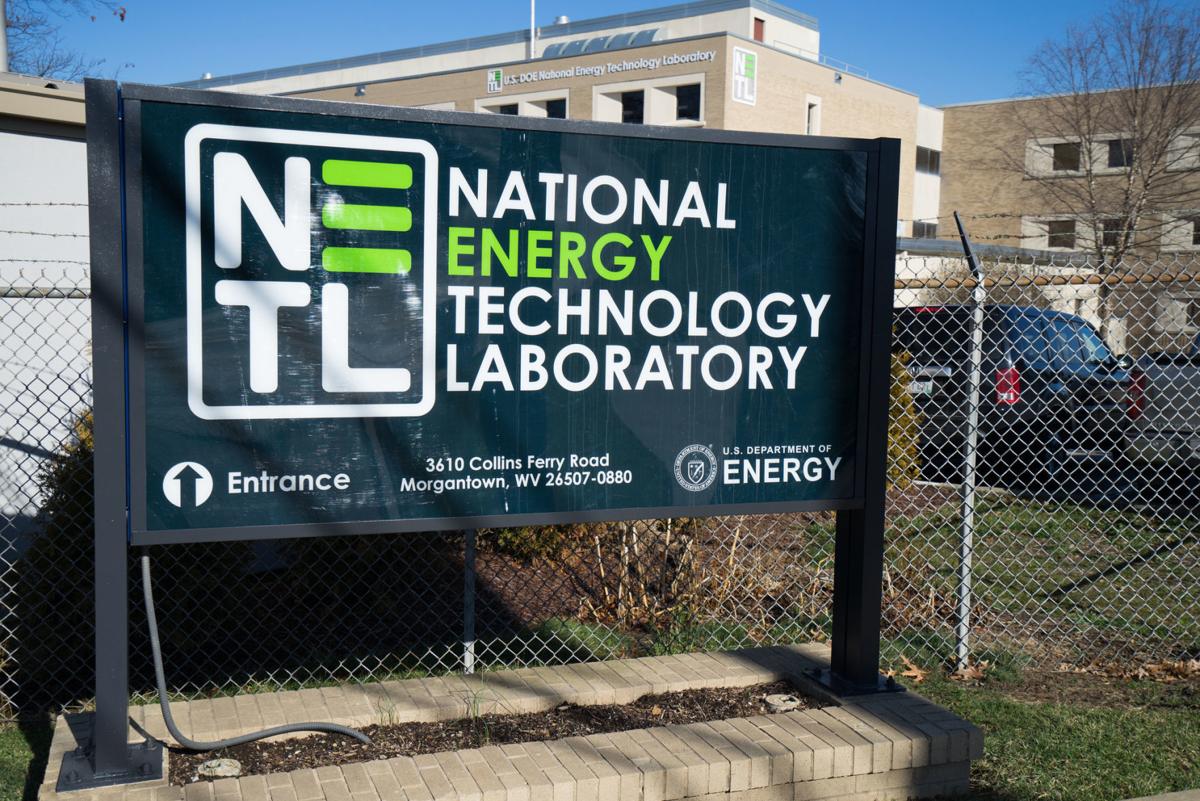NETL's New CO2 Capture Solvents Show Promise

By Conor Griffith
March 25, 2019 - The National Energy Technology Laboratory has developed new pre-combustion solvents that can capture carbon dioxide (CO2), and tests indicate these new solvents show more promise than those currently being used by industry.
Such solvents play a role in capturing and storing CO2 from power-generation facilities. However, researchers at NETL have searched for better solvents that can be more effective and economical. Current state-of-the-art solvents can result in a prohibitive rise in the cost of energy production.
“The successful development of advanced CO2 capture technologies is critical to reducing greenhouse gas emissions and maintaining the cost-effectiveness of fossil energy-based power generation and other industrial processes,” said Brian Anderson, NETL’s director.

Brian Anderson
“The U.S. Department of Energy Fossil Energy Program and NETL have adopted a comprehensive, multi-pronged approach to development of advanced CO2 capture technologies for today’s coal power platforms and for future platforms.”
The cutting-edge solvent used right now is a polyethylene glycol solvent that is fully miscible with water, meaning they form a homogeneous mixture when added together. While a miscible liquid can be mixed with another liquid without separating from it, it requires removal of the water vapor by lowering the temperature of the synthesis gas in the carbon capture process. Doing all of this and raising the temperature back up again is inefficient from both cost and net electricity perspectives as a result.

The National Energy Technology Laboratory is developing CO2 capture solvents that are showing promise.
NETL responded to this problem with hydrophobic solvents, which can be operated at higher temperatures, thus minimizing the energy and cost penalties associated with cooling the syngas and reducing excessive corrosion inside power plants.
The lab developed two proprietary solvents known as PEG-PDMS-3 and CASSH-1. NETL researcher Dr. David Hopkinson said the PEG-PDMS-3 solvent was developed through lab experimentation while the latter was identified through computational methods.
These substances were then tested at the University of North Dakota’s Energy and Environmental Research Center (EERC) using a gasifier with actual syngas. The test results showed they were more effective and economical than the polyethylene glycol solvent currently used in pre-combustion carbon dioxide capture.
“The EERC tests showed that PEG-PDMS-3 had improved CO2 capacity and CO2/H2 (hydrogen) selectivity compared with the currently used polyethylene glycol solvents on the market, while CASSH-1 showed a dramatic improvement in these properties,” he said. “Both NETL solvents have better performance when operated above room temperature while the currently used market solvents must be operated below room temperature.”
Hopkinson said the next step is to test these solvents on a larger scale, and NETL plans to do at the University of Kentucky, which has a different gasifier. Commercial development partners are also being sought so the solvents can be adopted by industry on a large scale.
Anderson said the work that brings forth cost reduction is key to ensuring the country can have access to safe, clean and affordable energy from fossil fuels.

